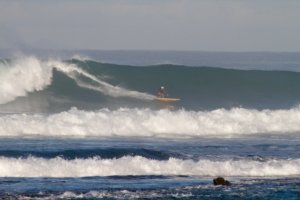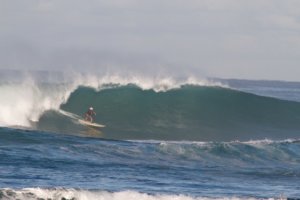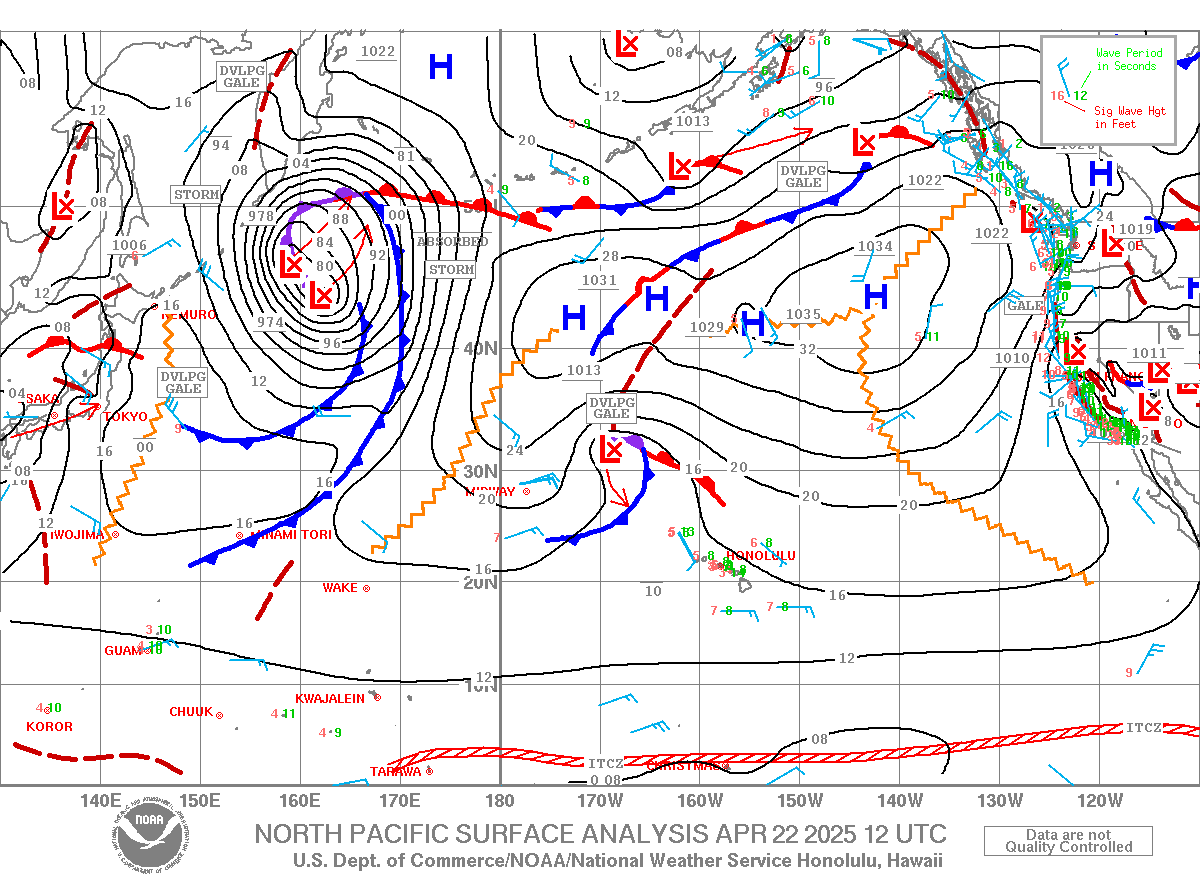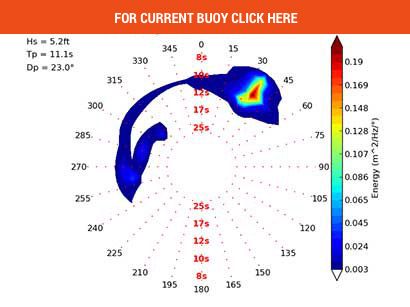PAT CALDWELL
Mahalo for your Epic support Hawaii.
All New Premium SNN sign ups get Pat’s forecasts Monday, Wednesday, and Friday.
Monday is FREE for all, and we offer Wednesday & Friday updates for Premium Members, just 5.00 a month (about a buck a week).
In addition to ALL Pat’s updates, you’ll also get the SNN 10-day forecasts plus our Multi Surf Cams free from Cam Ads & plenty viewing.
We are stoked for your support of all local surf companies!
Drop in Today! Aloha. SNN
SwellCaldWell Updated 3 PM Friday, February 14, 2025
|
DATE |
SWELL HGT |
SWELL DIR |
SWELL PER |
SURF H1/3 |
SURF H1/10 |
TREND |
PROB |
WIND SPD |
WIND DIR |
TREND |
|
1 PM |
4.5 |
WNW |
14 |
7 |
9 |
DOWN |
3-7 |
S |
SAME |
|
|
02/14 |
6.5 |
WNW |
15 |
10 |
14 |
UP |
|
|
|
|
|
|
2 |
S |
13 |
3 |
4 |
DOWN |
|
|
|
|
|
SAT |
9 |
WNW |
13 |
14 |
18 |
DOWN |
LOW |
8-14 |
E |
UP |
|
02/15 |
4 |
W |
11 |
5 |
7 |
UP |
LOW |
|
|
|
|
|
2 |
S |
12 |
2 |
3 |
DOWN |
LOW |
|
|
|
|
SUN |
4 |
WNW |
11 |
5 |
7 |
DOWN |
LOW |
3-7 |
S |
DOWN |
|
02/16 |
6 |
NNW |
13 |
8 |
12 |
UP |
LOW |
|
|
|
|
MON |
3 |
NNW |
12 |
4 |
6 |
DOWN |
LOW |
3-7 |
N |
UP |
|
02/17 |
6 |
NW |
17 |
12 |
16 |
UP |
LOW |
|
|
|
|
TUE |
9 |
NW |
16 |
15 |
20 |
DOWN |
LOW |
9-14 |
E |
UP |
|
02/18 |
|
|
|
|
|
|
|
|
|
|
|
WED |
8 |
NW |
15 |
14 |
18 |
DOWN |
LOW |
9-14 |
E |
SAME |
|
02/19 |
|
|
|
|
|
|
|
|
|
|
Table Definitions given after Discussion
Summary
Action Jackson has the wheel.
Discussion
Midday Friday 02/14 on northern shores has rising surf near the seasonal average from 285-320 degrees of 10-17s intervals. The long-lived WNW event dropped near to below average by dawn Friday as the new WNW kicked in midday. XL surf likely just after sundown Friday with elevated conditions holding Saturday.
On this day, 02/14, in the historical H1/10 visual surf observation Goddard-Caldwell database (starting 9/1968) for the north shore of Oahu, the average is 8.0 Hs, (16’ peak face, Oahu Surf Climatology) and the largest surf on this date was 18 Hs (sets 36’ peak face top spots) in 2008 from NW under 15 knot E winds.
Moon’s view
- Central NPAC tracked a low across the Date Line to near Hawaii into Friday 2/14 to make for dominant WNW event 2/14-15, then short-lived NNW 2/16. Another winter caliber low near the Kurils 2/13-16 to make another long-lived, NW event locally Monday through most of next week.
Tokyo to central Aleutians then back to Kamchatka monster low 2/7-9
- Backstory:
- Went said plenty stuff about this one already. If ya missed it– long-lived source filling NW to Date Line.
- Choke W component, good for those kine places no can say.
- Pulse status:
- NW Hawaii NOAA buoy 51001 Thursday afternoon started hitting the breaks with a drop to near to below average winter energy. Next event on its heels (comments below).
- PacIOOS/CDIP Waimea buoy showed moderate to near average swell Friday morning.
- Cams showed sharp increase select spots N Shore Oahu midday 2/14.
- Prognosis:
- Hana hou song was this morning, this event being swept under the rug by the big broom brushing over us locally 2/14 PM into weekend.
New Date Line low with 2-part surf potential 2/12-14
- Part one, WNW—
- Backstory:
- The new low formed 2/11 near 30N, 160E (2300 nm away), with mostly marginal gales over the 285-305 degree band nosing way out there beyond 2200 nm.
- Never gained major winter ooomfff, holding mostly lower to mid gales as it pushed a captured fetch east, reaching east Date Line 2/12 night, and to within 600 nm of Hawaii late Thursday 2/13. The 285-305 degree fetch pau Thursday PM.
- Proximity is the main key for this forecast—close means
- Pulse Status:
- 51001 sharp rise in 10-17s energy, dominant 13-15s, Friday morning to noon.
- Prognosis:
- Niihau/Kauai shadow on down-swell islands; active surf W-exposures all islands.
- Max near dawn Saturday
- Steady drop off Saturday night into Sunday from 285-305 degrees.
- Part two, NNW—
- Once east of the Date Line Thursday 2/13, the low center jogged NE up N of 40N to N of Hawaii. It is taking more E track 2/14.
- Short-lived window over the 305-340 degree band, with mostly low to middle gales (small pockets severe gales beyond 1000 nm away). Already not aiming at Hawaii by Friday morning.
- Onset near sundown Saturday 2/15 from 305-335 degrees.
- Max Sunday morning from 320-340 degrees.
- Xmas tree signature, fast up and down—well below average by Monday 2/17 from 320-350 degrees.
Kurils hurricane force low 2/13-16
- A low deepened to ~950 mb off the Kurils Thursday 2/13. It occluded right away, coinciding with maximum strength (hurricane force), broadening of the gyre, and stalling of the track.
- ASCAT satellite 2/13 AM and PM validated the extreme winds over large area. Wide fetch from 300-315 degrees.
- Models show slow weakening Saturday into Sunday 2/15-16 in far NWPAC, while the low pattern stretches east to near the Date Line Saturday. Once east of the Date Line Sunday 2/16, the winds weaken and aim less at Hawaii (more to NE of Hawaii).
- Long-period onset Monday morning from 310-315 degrees. It should rise above average midday, approaching XL just after sundown.
- Max of event Tuesday 2/18 from 300-320 degrees, dominant 315, low-end XL.
- Slow decline Wednesday 2/19 from same direction.
Midday Friday 02/14 on the east side has breakers way below the trade wind swell average. Similar surf on Saturday.
Windward wind-head concerns —
- Slim pickings.
East side surfer interests—
- Breakers from trade wind belt at a minimum through Monday with slight increase Tuesday into Wednesday 2/18-19.
Midday Wednesday 02/14 on southern shores has highest breakers on W-facing exposures, with added small southern hemi S swell. Same same Saturday.
On this day, 02/14, in the historical H1/10 visual surf observation Goddard-Caldwell database (starting 1972) for the south shore of Oahu, the average is 1.4 Hs, (~3’ peak face) and the largest surf on this date was 5 Hs (10’ peak face) in 2015 from SW under 35 knot WNW winds— major kona wind swell.
Moon’s view:
- Complex austral summer pattern with multiple parts 2/3-6 has been giving small S event locally Thursday to Friday, but it is expected to dwindle down over the weekend.
Part 1: Marginal gale SE of New Zealand (<4500 nm away) 2/3-4 with seas 15-20’ pushed NE as it weakened. Surf potential low.
Part 2: A compact severe gale formed east of Aukland 2/4 though strongest winds aimed at Fiji. Surf potential low.
Part3: This low moved SE as it merged with Part 1 2/5. The circulation then broadened, giving about 18 hours of severe gales over a wide fetch aimed at Hawaii centered on Wednesday night 2/5-6. It weakened sub-gale by 2/7.
- PacIOOS/CDIP American Samoa buoy Sunday 2/9 showed deep water swell 3.5-4.5’ with wave periods near 14s. It is lowering 2/10.
- Short- to moderate-period swell has a faster swell decay with distance.
- Not bad locally last few days, way better than normal February situation.
- Fading Saturday.
Into the long range, let’s see what Wooly Worm is up. Pau hana Friday, time for Rat Worm’s Sports Bar. There’s Wooly at the Bar, with Wormina giving him lots of Valentine kisses. What a nice big smile on his face. Good sign for surf. Slow trend down from 310-320 degrees 2/20-21, with new NWPAC source filling in locally weekend of 2/22 a notch above average from 300-315 degrees.
The next SwellCaldWell forecast will be issued Monday, February 17.
Climatology update (February 4, 2025) to include through January 2025:
Summary (click below for details of each)
North shore, month of January 2025: Above average for XL days (sub giant) in January, nsstat01 otherwise near to below average. For the start of the 24/25 season, looking good, above average for Xl to giant, nmstat09_01.
South shore, month of January 2025: Minimal from southern hemi but near average from west or local konas, ssstat01.
Wind-heads: January 2025: Fresh+ trades days wayyyyy below average, wwstat01. So much for the positive correlation between enhanced fresh trades and La Nina winter months in Hawaii. Southerly konas average, with post-frontal N-component winds above average.
Climate Fun 1.
Monthly Stats
North Shore Oahu (1968-present):
January: nsstat01
February: nsstat02
March: nsstat03
April: nsstat04
May: nsstat05
June: nsstat06
July: nsstat07
August: nsstat08
September: nsstat09
October: nsstat10
November: nsstat11
December: nsstat12
South Shore Oahu (1972-present):
January: ssstat01
February: ssstat02
March: ssstat03
April: ssstat04
May: ssstat05
June:ssstat06
July: ssstat07
August: ssstat08
*Picts surf forecaster validation duties Big Wednesday 8/18/21


(photos Shredsniper.com, Mike Carroll)
September: ssstat09
October: ssstat10
November: ssstat11
December: ssstat12
Wind (1988-present, PC’s best guess):
January: wwstat01
February: wwstat02
March: wwstat03
April: wwstat04
May: wwstat05
June: wwstat06
July: wwstat07
August: wwstat08
September: wwstat09
October: wwstat10
November: wwstat11
December: wwstat12
Seasonal Stats
North Shore Oahu, 1968/69-2023/24; (full season, September to June): nmstat09_06
North Shore Oahu, 2024 new season (Sept-DEC): nmstat09_01
South Shore Oahu, 1972-2024 (March thru November): smstat03_11
Helpful links,
Educational outreach: Waves 101– Why Surf Varies Time/Place
Table Definitions
|
DATE |
Represents daylight hours in zones of high refraction (biggest surf spots |
|
SWELL HGT |
Deep water swell (H1/3) height (feet) corresponding to a nominal (~3 mile) location |
|
SWELL DIR |
Deep water swell direction (from) centered on 16 point compass bands. |
|
SWELL PER |
Deep water swell period (seconds). |
|
SURF H1/3 |
Breaker H1/3 (defined above) height (feet, peak face) during most active envelopes. H1/3 |
|
SURF H1/10 |
Average of highest 1/10th of all breakers (feet, peak face) during active envelopes; |
|
PEAK FACE |
Trough to crest height (feet) on shoreward side of breaker at moment and location along |
|
Ocn H1/100 Cleanup or Sneaker set |
Waves arrive within a range of sizes. Surf zone enthusiasts emphasize the smaller percent |
|
TREND |
Breaker height (wind speed) tendency during daylight |
|
WIND SPD |
Wind speed (knots) for nominal coastal location on the windward side relative to |
|
WIND DIR |
Wind direction (from) centered on 16 point compass bands. LV refers to light and variable. |





















